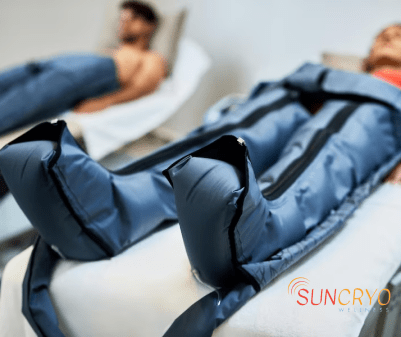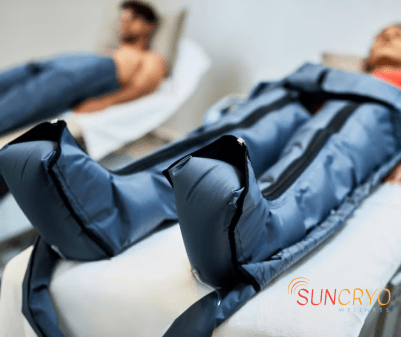History of Cryotherapy

Welcome to a comprehensive exploration of the intriguing world of cryotherapy. As pioneers in the field, we delve into the rich history, scientific breakthroughs, and remarkable benefits that cryotherapy offers. Join us on this journey as we unlock the mysteries and facts behind this innovative cold therapy technique. https://georgetownsuncryo.com/
1. The Origins of Cryotherapy: A Historical Perspective
Cryotherapy, stemming from the Greek words “cryo” (cold) and “therapia” (cure), finds its roots in ancient civilizations. Indigenous tribes used cold exposure to treat injuries and reduce inflammation, while ancient Egyptians documented the use of cold in pain relief. Fast forward to the 1970s, Dr. Yamaguchi introduced whole-body cryotherapy (WBC) in Japan, marking a pivotal moment in the evolution of this therapy.
2. Scientific Foundations: How Cryotherapy Works
The science behind cryotherapy lies in its ability to harness the body’s natural response to cold stimuli. When exposed to extreme cold, the body activates a series of physiological reactions. Blood vessels constrict, reducing blood flow to extremities, while anti-inflammatory responses are triggered. This aids in pain relief, muscle recovery, and even potential weight loss.
3. Evolution of Cryotherapy Techniques
From its early days of ice baths to modern cryo-chambers, the evolution of cryotherapy techniques is remarkable. Traditional methods lack precise temperature control, while contemporary technologies ensure controlled exposure. Whole-body cryotherapy, local cryotherapy, and cryofacials are just a few examples of the diverse applications that have emerged.
4. Unveiling the Benefits: From Wellness to Performance Enhancement
Cryotherapy’s benefits extend beyond injury recovery. Athletes embrace it for its potential to enhance performance, reduce muscle soreness, and boost endurance. Moreover, it has gained traction in the wellness sphere, touted for its ability to promote collagen production, improve skin elasticity, and alleviate chronic conditions like arthritis.
5. Safety Measures and Considerations
While cryotherapy offers a myriad of advantages, safety remains paramount. Proper protocols are essential to prevent frostbite or other adverse effects. Individuals with certain medical conditions, such as cold sensitivity, should consult a healthcare professional before undergoing cryotherapy.
6. The Future of Cryotherapy: Innovations and Prospects
As technology continues to advance, the future of cryotherapy looks promising. Researchers are exploring novel applications, such as using cryotherapy in pain management for chronic conditions. Additionally, advancements in cryo-chamber design and temperature regulation are enhancing the overall experience and safety for users.
Conclusion: Embracing the Cold for a Better Tomorrow
In conclusion, cryotherapy stands as a captivating fusion of ancient wisdom and modern innovation. With a historical journey spanning cultures and civilizations, combined with a scientifically grounded approach, cryotherapy has transformed into a versatile tool for wellness, recovery, and enhanced performance. By understanding its origins, mechanisms, benefits, and safety considerations, we pave the way for a future where the chill of cryotherapy offers warmth to those seeking optimal well-being. https://www.resetlounge.com/blog/history-of-cryotherapy
